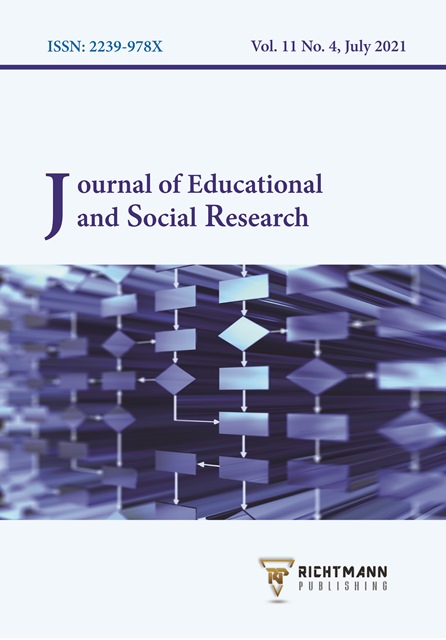Innovations for Attaining Sustainable Development Goal: Persisting in Schools in Nigeria
DOI:
https://doi.org/10.36941/jesr-2021-0092Keywords:
Persisting, sustainable Development Goals, Girl-child education InnovationAbstract
The study was carried out to determine challenges of girl child education as regards persistence in secondary education as well as determine innovations that will help to prevent this act in Delta state public secondary schools. It is an expose facto design that employed survey method to obtain the data. The population of the study consisted of 14,877 public secondary teachers in Delta state. The sampling technique adopted was the cluster and random sampling using balloting system. A total number of 744teachers were sampled to form the sample size. The instrument utilized was the Innovation for Attaining Girl Child Persisting in School Questionnaire (IAGCPSQ). Analysis was carried out using descriptive statistics of mean rating, standard deviation. The hypotheses were tested using t- test. The study found the most outstanding challenges of school persistence and the most crucial innovation aimed at encouraging girl child in school. Based on the findings, it was recommended that abrogation of cultural barriers that inhibit girl child education be made, orientating girl child towards the value of education, making school environment friendly to girl child learning, improving living conditions of families amongst others.
Received: 19 March 2021 / Accepted: 5 June 2021 / Published: 8 July 2021
Downloads
Downloads
Published
Issue
Section
License

This work is licensed under a Creative Commons Attribution-NonCommercial 4.0 International License.
This work is licensed under a Creative Commons Attribution-NonCommercial 4.0 International License.









